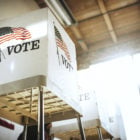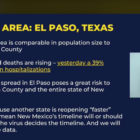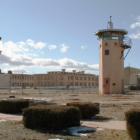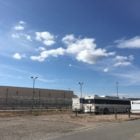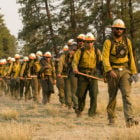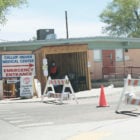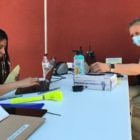2020 Election
Oil and Gas plays big in elections, despite COVID-19
|
Crude oil storage tanks dot the landscape in San Juan County. Marjorie Childress/New Mexico In Depth
The oil and gas industry may have cratered over the last few months due to a steep drop in consumer demand brought on by the COVID-19 pandemic, but it’s still a major player in shaping New Mexico’s state Legislature.
Oil companies have pumped $1.1 million dollars into 2020 New Mexico primary election campaigns since last October. The industry distributed $180,000 of that total since March 11, the date the first COVID-19 case was identified in New Mexico and the economy subsequently began rapidly shutting down.
The industry contributes large amounts to New Mexico politicians every election cycle, and runs its own campaigns independently as well. Such political spending by the industry occurs whether the oil industry is in one of its notorious “bust” cycles, or booming. Over the last couple of years, the industry has been booming, fueling an injection of billions of dollars into the state budget.
Kathleen Sabo, executive director of New Mexico Ethics Watch, said the sheer size of the industry, and its importance to the state budget, gives it a great deal of influence.
“Most legislators seem to be very careful around the industry,” said Sabo, “it’s not partisan.” Sabo said efforts to regulate the industry can generate comments at the statehouse from both sides of the aisle about “killing the goose that lays the golden egg.”
Indeed, New Mexico In Depth found in 2019 that no regulatory bills targeting oil and gas were successful during the legislative session without the blessing of the New Mexico Oil and Gas Association, despite strong Democratic majorities in both the House and Senate and a new Democratic governor.
Its influence goes beyond campaign contributions, Sabo said.

